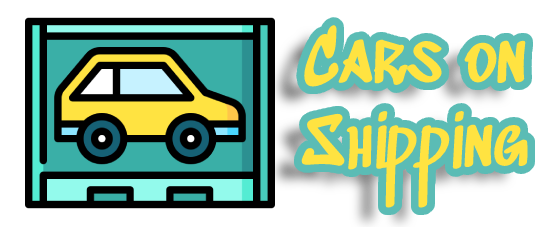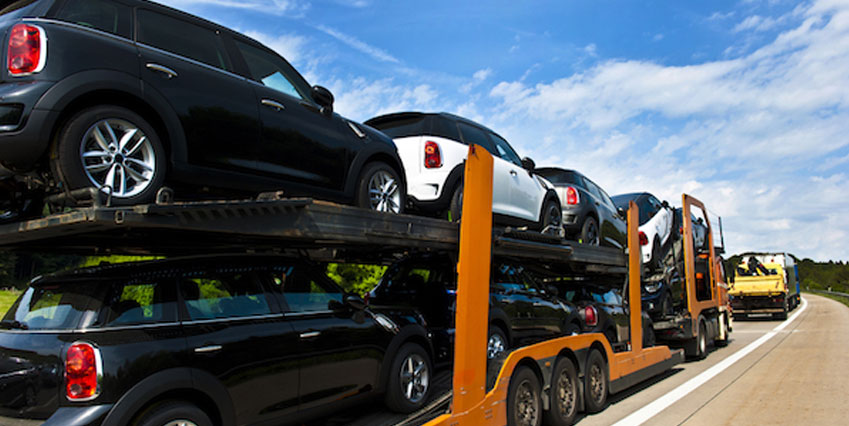Are you planning a road trip from the US to Canada? Or perhaps vice versa? While crossing the border by car can be an exciting adventure, it’s essential to ensure that you have everything in order before embarking on your journey. The process of crossing the US-Canadian border is not as straightforward as driving down a highway. There are specific requirements and regulations that must be followed for a smooth and hassle-free experience. In this blog post, we’ll share some essential tips that will help you navigate the border checkpoint with ease, making your cross-border travel stress-free and enjoyable!
What is needed to cross US Canada border by car?
Before hitting the road, it’s crucial to have all your required documents in order. First and foremost, you’ll need a valid passport or other approved travel document. A driver’s license alone is not sufficient for crossing the US-Canadian border.
If you’re renting a car, ensure that you have a rental agreement handy as proof of ownership. Additionally, carry your vehicle registration papers and insurance information with you at all times.
It’s also important to note that certain goods are prohibited from crossing the border. Examples include firearms, explosives, illegal drugs, and certain types of food products. Be sure to research specific regulations regarding items that may be considered contraband before packing up your car.
While it can be tempting to bring along souvenirs from your travels abroad or gifts for friends across the border – such as alcohol or tobacco products – there are limits on what is allowed without duty fees being applied. Familiarize yourself with these restrictions beforehand so that there are no surprises upon arrival at customs.
By having all necessary documentation ready and complying with regulations surrounding prohibited goods and import limits on specific items, crossing the US-Canadian border by car can become an easy process that will allow travelers more time to enjoy their journey rather than worrying about potential problems at customs checkpoints.
Can I cross the Canadian border by car?
Crossing the US-Canadian border by car is a common activity for many travelers, especially those who are exploring both countries. However, it’s important to know that not everyone can cross the Canadian border by car without proper documentation and permission.
If you’re a Canadian citizen or permanent resident, you can generally enter Canada freely with your passport or other approved travel documents. On the other hand, if you’re a foreign national, you may need to apply for a visa before entering Canada.
Similarly, U.S. citizens and permanent residents can usually enter the United States freely with their passports or other approved travel documents. However, non-U.S. citizens may need to obtain visas or waivers in order to be allowed entry into the country.
It’s also worth noting that there are restrictions on what types of goods and items can be brought across the US-Canadian border by car. Certain items such as firearms, fruits and vegetables are strictly regulated and require special permits or clearance from authorities before they can be transported across borders.
Crossing the US-Canadian border by car requires careful planning and preparation in order to ensure a smooth experience at customs checkpoints. By following all necessary rules and regulations related to immigration, customs clearance and transportation of goods across borders – travelers will have no problem crossing between these two great nations!
Do you have to show ID at Border Patrol checkpoint?
When crossing the US-Canadian border by car, you will likely encounter a Border Patrol checkpoint, which is designed to ensure that everyone entering or exiting the country has proper documentation. So, do you have to show ID at this checkpoint? The answer is yes.
Upon reaching the checkpoint, all passengers in your vehicle must provide identification documents such as passports or enhanced driver’s licenses. These documents are used to verify citizenship and identity and are crucial when crossing international borders.
It’s important to note that failure to provide adequate documentation may result in denial of entry into either country. Therefore, make sure you have all required identification documents before embarking on your journey across the border.
In addition to providing proper identification at Border Patrol checkpoints, it’s also essential to be honest with border agents about your travel plans and reasons for visiting Canada or the United States. Honesty and transparency can help prevent any unnecessary delays during your travels while ensuring a smooth cross-border experience.
Can a U.S. citizen be denied entry back into the USA?
Crossing the US-Canadian border by car can be a smooth and stress-free experience if you have all the necessary documents, follow the regulations, and prepare yourself for potential delays. Remember to apply for your travel authorization in advance, declare any goods you are carrying, and keep your passport or other valid identification handy at all times.
It’s important to note that even U.S. citizens can face entry restrictions or denial at the border if they do not comply with U.S. laws or provide sufficient documentation. It is crucial to always be truthful when answering questions from Border Patrol officers and avoid bringing prohibited items into either country.
By following these essential tips for smoothly crossing the US-Canadian border by car, you can ensure a hassle-free journey between two of North America’s most beautiful countries while also maintaining safety and security on both sides of the border. So pack your bags, buckle up, and enjoy your cross-border road trip!
Pros:
• Convenient and cost-effective way to travel between the two countries
• Easy access to both Canadian and US attractions
• Ability to customize the trip and choose the route that works best for the traveler
• Opportunity to experience different cultures and lifestyles in both countries
Cons:
• Long wait times at the border crossing due to security and immigration checks
• Border officials may require additional documentation for entry
• Potential for expensive fines if regulations and laws are not followed
• Risk of being denied entry at the border
FAQS:
1. What documents do I need to bring when crossing the US-Canada border by car?
You should always have your passport (or other valid travel document), proof of vehicle registration, and driver’s license when crossing the US-Canada border by car.
2. Are there any restrictions when crossing the US-Canada border with a pet?
Yes, you must have an up-to-date rabies vaccination certificate for pets traveling across the US-Canada border by car.
3. How long can I stay in Canada after crossing the US-Canada border by car?
The length of time you are allowed to stay in Canada depends on your citizenship status. Generally speaking, US citizens can stay up to six months in Canada without a visa.
Features:
1. Ability to cross the US and Canadian border by car: Allows for travel between the two countries easily and conveniently.
2. Presentation of valid travel documents: Travelers must present valid documents such as a passport or visa to cross the border.
3. Knowledge of customs regulations: The traveler must be aware of the regulations and restrictions of each country and comply with them.
4. Compliance with vehicle registration requirements: Vehicles must be registered in the country of origin and meet the requirements for entry and exit.
5. Completion of border crossing forms: Travelers must complete the appropriate forms to declare personal items.
6. Payment of applicable fees: Depending on the country of origin, travelers may be required to pay a fee for crossing the border.
7. Security checks: All vehicles and passengers may be subject to security checks to ensure compliance with regulations.
8. Inspections of vehicles: Vehicles may be subject to inspections to ensure they meet the requirements for entry into the country.
9. Availability of duty-free items: Certain items may be duty-free when crossing the border.
10. Know the rules for taking pets: Pets must meet the requirements of both countries in order to cross the border.

